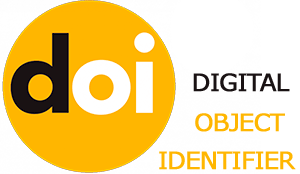Fundamentals of Media Linguistics and Issues of Media Translation
DOI:
https://doi.org/10.31489/2025ph2,%20118/151-161Keywords:
media linguistics, media discourse, media language, media text, media translation, speech cultureAbstract
The article examines the factors behind the emergence and the main directions of research in the field of me[1]dia linguistics. Analyzing the development of the traditional language of the press in domestic linguistics, the author identifies this area as one of the prerequisites for the formation of media linguistics. The interdiscipli[1]nary and integrative nature of the modern media linguistic approach, driven by the advancement of digital media technologies and the establishment of media linguistics as a new direction in language education, is emphasized. Particular attention is given to the criteria for the typological classification of media texts and the need to study the functional style of media language. The article highlights the key research directions in me[1]dia discourse, noting in particular the active development of the cognitive-conceptual approach. Based on an analysis of a corpus of media materials related to the financial crisis, the author argues that media discourse, by addressing current socio-economic issues, constructs an evaluative media representation of the world. Tel[1]evision news is analyzed at the macrostructural level, focusing on functional-stylistic and cultural-axiological discursive features, the use of emotionally expressive linguistic means, and grammatical transformations characteristic of news language. Additionally, by measuring the reading speed of television news on Kazakh and English TV channels, the article raises issues concerning the challenges of simultaneous translation under such conditions. Drawing on a review of scientific works on the pragmatic, social, and linguocultural aspects of media translation — one of the key areas of media linguistics — the article discusses problems in film translation and identifies current research trends. Finally, it emphasizes the need to accumulate a substantial repository of translation options for audiovisual media products from Kazakh into foreign languages, taking into account the use of modern digital technologies and artificial intelligence tools.







